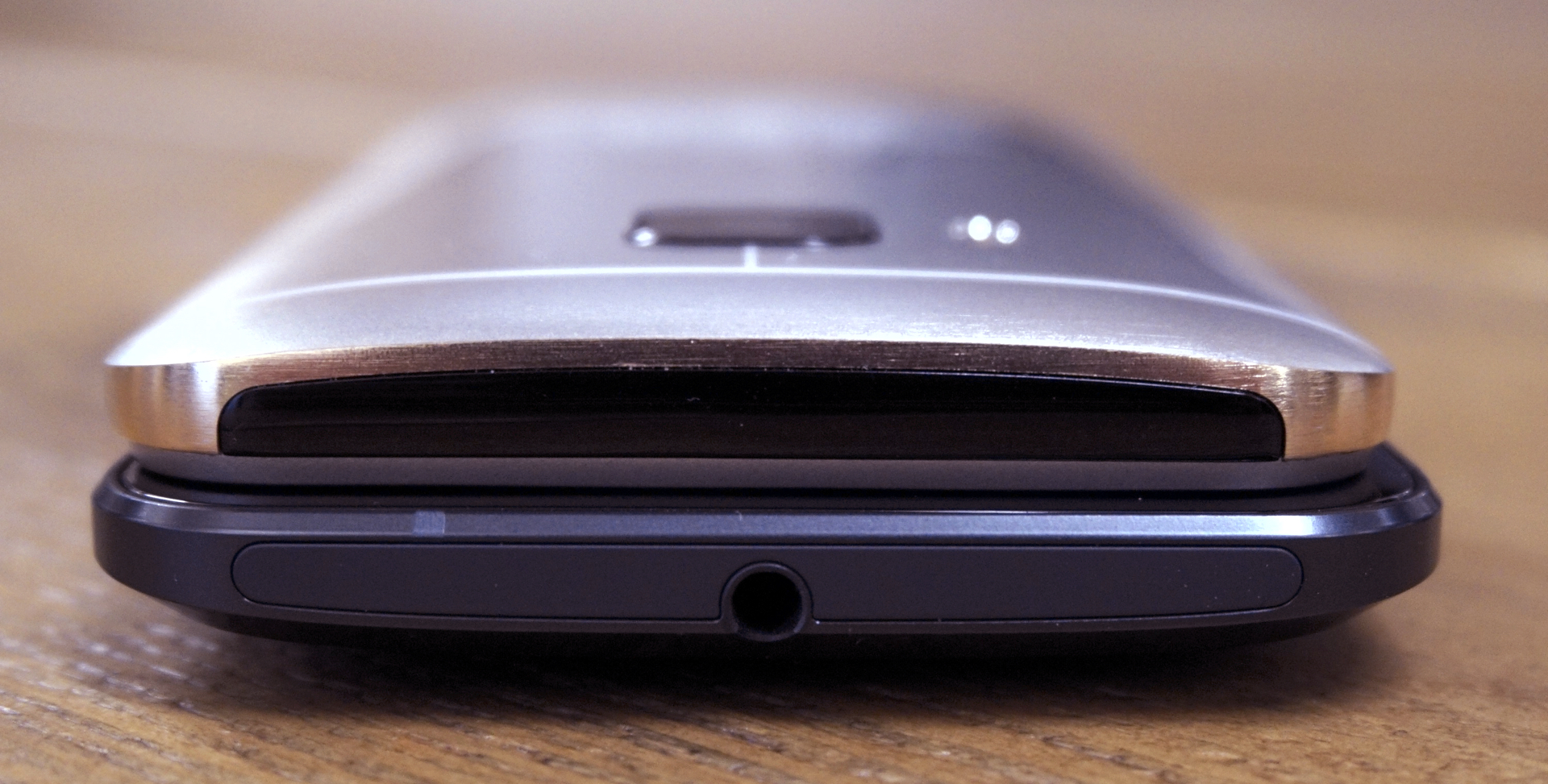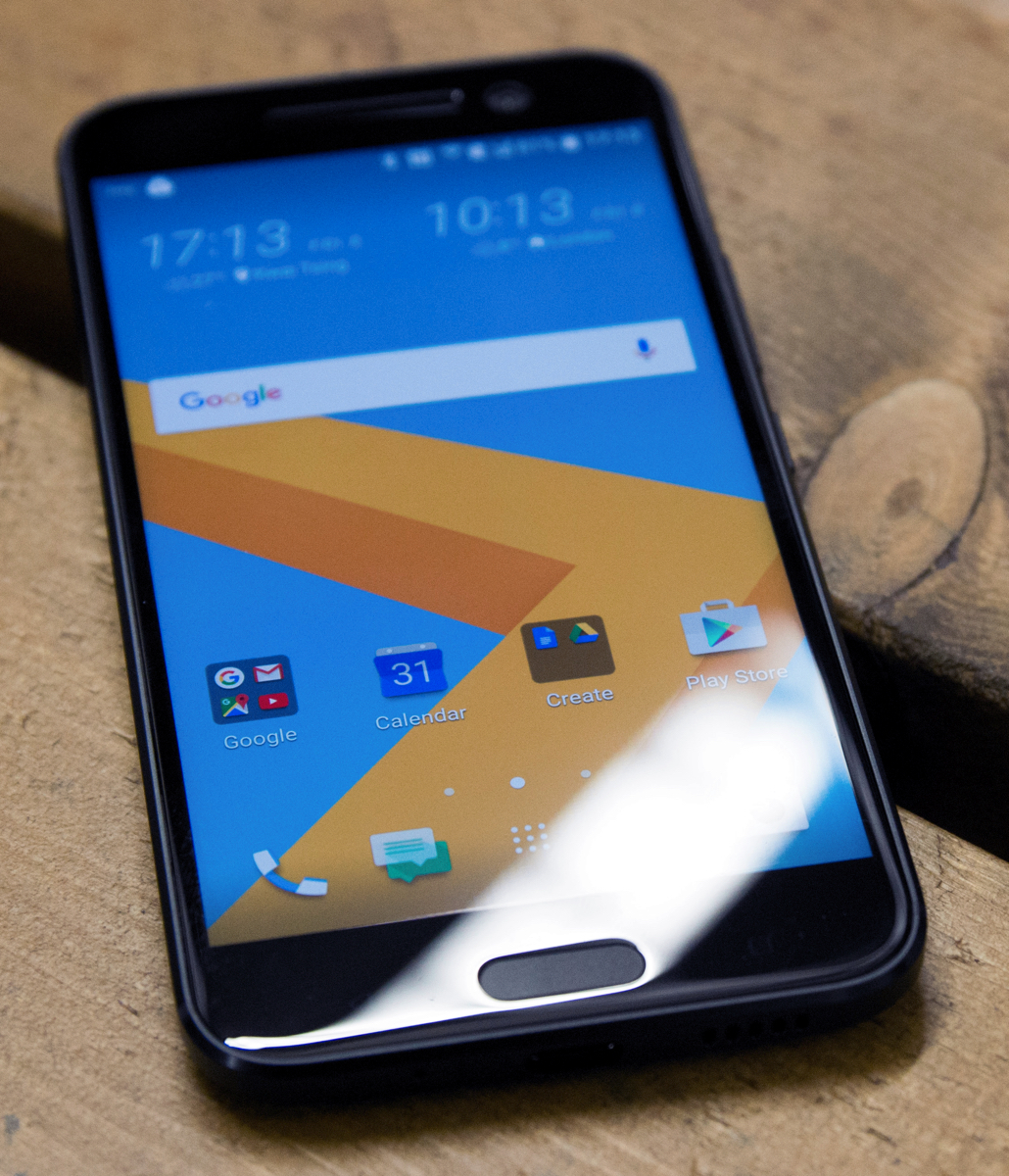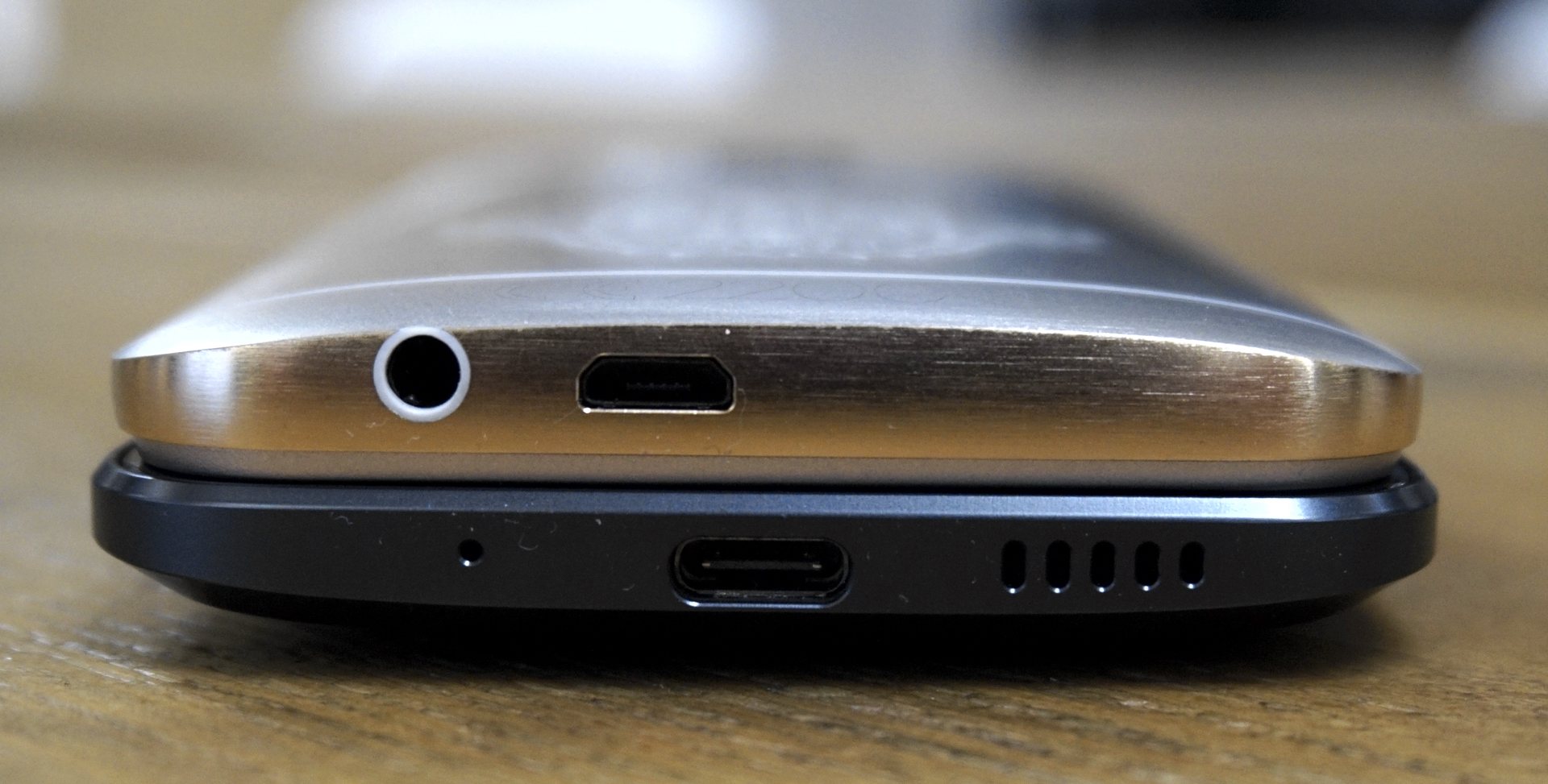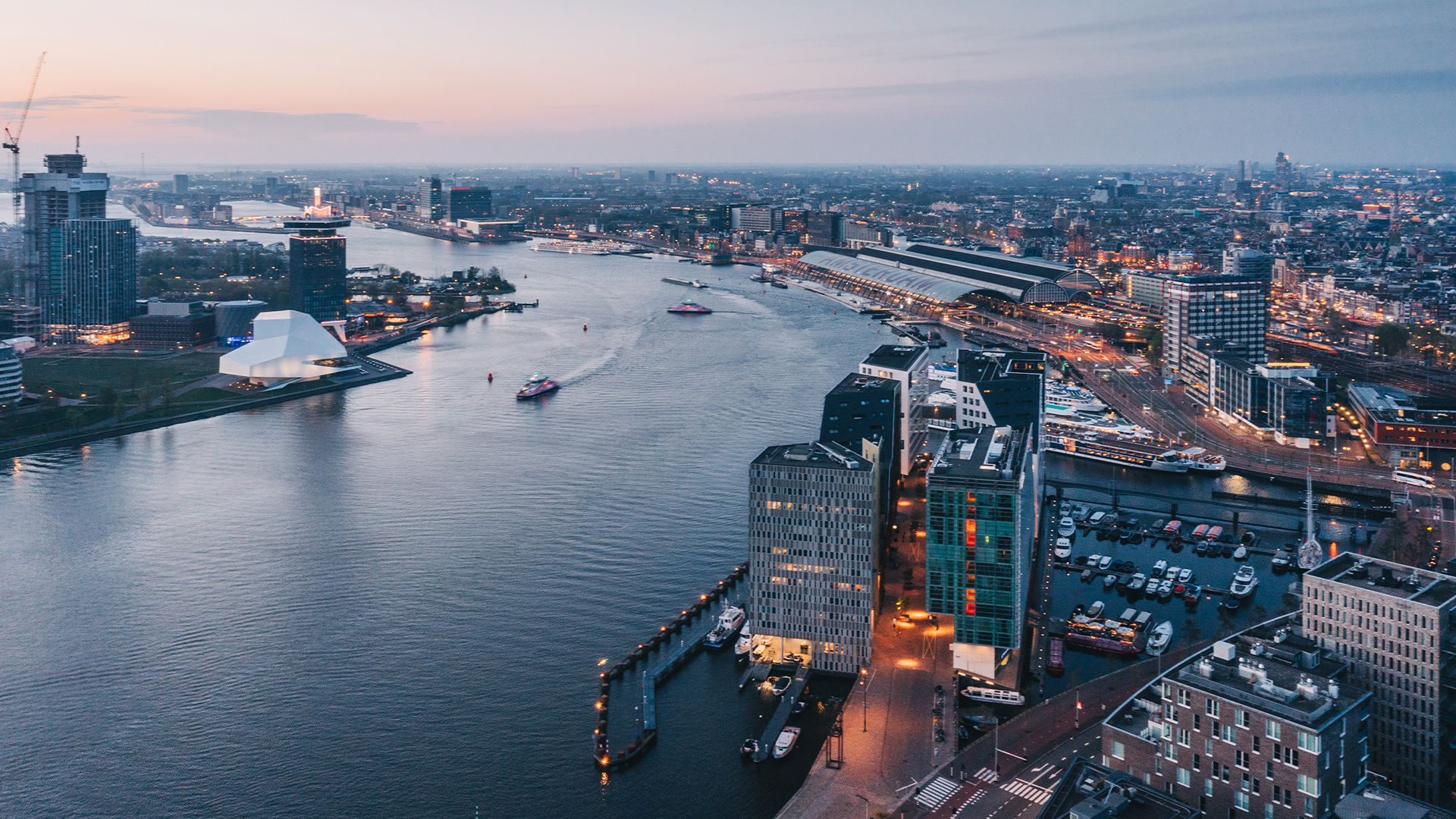HTC 10 vs HTC One M9
What's the difference between HTC's newest phone and its predecessor?


One of the Android family's stalwarts, HTC has consistently been among the most popular smartphone brands.
It's somewhat fallen out of favour in recent years, but the company is betting on the new HTC 10 to help its reclaim its place as the kings of the Android hill.
Design and casing
The 10 still has a curved back likes its One M-series predecessors, but it's now offset by a deep rear chamfer that really sets it apart, both from its predecessors and its rivals. It's also eschewed the brushed-aluminium finish, opting instead for a semi-gloss backing.

Elsewhere, the screen size has been bumped to 5.2in as opposed to the M9's flat 5in measurement, but the bezels appear to have shrunk, meaning that there shouldn't be a notable increase in footprint.
Display
HTC has also upped the resolution for the new 10, fitting it with a 2K QHD 2560x1440 pixel screen. While this may sound impressive, it's in the same ballpark as 1080p displays in terms of sharpness. It should have a high degree of colour accuracy over the M9.

Other behind-the-scenes elements have been tweaked too. The latency of the touchscreen has been reduced, which should make it feel more responsive, and the HTC 10 has also gone back to capacitive physical buttons, rather than the M9's software equivalents.
Performance and Storage
As expected, the HTC 10 keeps pace with current-gen flagships in terms of the latest components. It has 4GB of RAM and a Snapdragon 820 CPU. Both phones also have 32GB of internal storage.
Sign up today and you will receive a free copy of our Future Focus 2025 report - the leading guidance on AI, cybersecurity and other IT challenges as per 700+ senior executives
The M9's 3GB allocation and Snapdragon 810 chip is by no means slow, but the HTC 10 should be more than enough to run demanding apps for some time to come. We'll know more once we can put it through our suite of benchmarks, however.
Battery and charging
Equipped with a 3,000mAH battery, HTC claims that the 10 can last a full two days thanks to its oddly-named PowerBotics efficiency technology.
The company is touting 27 hours of 3G talk time, 73 hours of audio playback, or 13 hours of web browsing which, if accurate, would be an improvement over what the M9's 2,840mAh cell provides.
In addition to this, the M9's QuickCharge functionality has been upgraded from 2.0 to 3.0. Where 30 minutes of charging would provide the M9 with around 60 per cent battery, HTC now claims that the same charge time will power the 10 for an entire day.
The HTC 10 uses the increasingly common USB Type C standard instead of the M9's older but more common micro USB, and includes a QuickCharge-compatible charger in the box.

Camera
Like many companies, HTC appears to be betting big on camera improvements with the 10. The quality of both front and rear shooters has been improved substantially, and the 10 could now prove a serious rival to the major heavyweights.
The HTC 10's Ultrapixel 2 camera comes with a larger f/1.8 aperture, up from f/2.2 on the M9, and allegedly has improved optical image stabilization.
Autofocus has also been upgraded. The second-generation laser autofocus has double the range of the previous version, and has an alleged time of just 0.2 seconds, as well as smoother transitions.
Enhanced manual controls and support for capturing RAW files have been added, which is sure to please keen photographers, and the UI in general has been overhauled to be smoother and more polished.
In fact, according to camera benchmark DxOMark, the HTC 10's snapper is tied with the mightily impressive Galaxy S7, which is no mean feat.
It's not just good news for photography bods, either; the HTC 10's five megapixel front-facing camera has also been given some love. It's got OIS - rarely seen on selfie and video conferencing cameras - and a f/1.8 aperture, making it a marked improvement over the M9's offering.

Software
HTC has put a lot of effort into refining its Sense UI overlay, bringing it much more in line with Google's Material Design. The company has worked directly with Google to "reboot the Android experience".
Duplicate apps have been eliminated, meaning you won't have to choose between two stock music or gallery apps, for example. Some will be Google's default variants, but some will be HTC's own-brand offerings.
The layout of apps can also be customized. Icons and shortcuts can be set to any size, and placed wherever you like, irrespective of the traditional grid format.
Extra features
As standard for flagship devices, the HTC 10 comes complete with a fingerprint sensor. It's mounted in the Home button. The sensor can unlock the device in just 0.2 seconds, but also features application unlocking, for an added level of security.

Sadly, HTC's front-facing BoomSound speakers have been dropped in favour of dual speakers - a tweeter at the top, and bottom-mounted 'subwoofer', each with its own amplifier.

On the other hand, the HTC Connect utility for streaming speaker audio now features native support for Apple's AirPlay, which means you should be able to cast audio directly to your AirPlay-enabled HiFi equipment.
The MicroSD slot can accept cards up to a maximum of 2TB in capacity, although no MicroSD cards are that big yet.
Adam Shepherd has been a technology journalist since 2015, covering everything from cloud storage and security, to smartphones and servers. Over the course of his career, he’s seen the spread of 5G, the growing ubiquity of wireless devices, and the start of the connected revolution. He’s also been to more trade shows and technology conferences than he cares to count.
Adam is an avid follower of the latest hardware innovations, and he is never happier than when tinkering with complex network configurations, or exploring a new Linux distro. He was also previously a co-host on the ITPro Podcast, where he was often found ranting about his love of strange gadgets, his disdain for Windows Mobile, and everything in between.
You can find Adam tweeting about enterprise technology (or more often bad jokes) @AdamShepherUK.
-
 Pure DC’s announces 'Europe’s largest standalone hyperscale data center lease' in Amsterdam — but who is the mystery customer?
Pure DC’s announces 'Europe’s largest standalone hyperscale data center lease' in Amsterdam — but who is the mystery customer?News The company is now constructing a 78MW campus in Westpoort, Amsterdam
-
 Cloud security teams are in turmoil
Cloud security teams are in turmoilNews Cloud security teams are scrambling to keep pace with expanding attack surfaces, new research from Palo Alto Networks shows, largely due to the rapid adoption of enterprise AI solutions.
